May 30, 2025 | 06:58 GMT +7
May 30, 2025 | 06:58 GMT +7
Hotline: 0913.378.918
May 30, 2025 | 06:58 GMT +7
Hotline: 0913.378.918
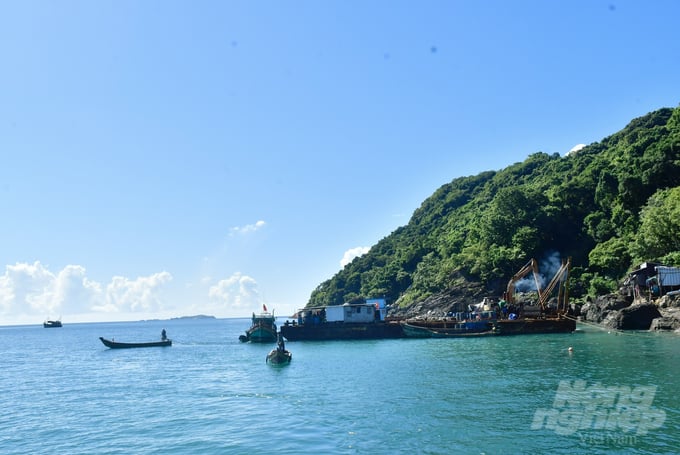
The Chairman of the People's Committee of Ca Mau Province, Huynh Quoc Viet, has just signed a decision to establish a marine protected area covering 27,000 hectares. Photo: Trong Linh.
Within the site, the area of functional subzones is 18,000 hectares (strict protection subzone 3,000 hectares, ecological restoration subzone 11,230 hectares, and service-administrative subzone 3,970 hectares) and the buffer zone is 9,000 hectares. This is a species-habitat protection area at the provincial level.
The formation of the protected area seeks to safeguard and conserve marine resources, marine creatures, endangered species, and commercially and scientifically significant species residing in the protected area.
At the same time, it strives to safeguard the environment and ecosystems, and natural landscapes, conserve marine biodiversity linked with sustainable tourist development, and enhance the livelihoods of local fishing people, contributing to marine economic growth. It also intends to enhance community engagement in the protection and development of marine biodiversity.
Accordingly, the maritime protected area encompasses rare and vital natural habitats such as the coral reefs of Hon Chuoi and Hon Hang islands. Additionally, it maintains the biodiversity and distinctive natural environments of the Hon Khoai, Hon Chuoi, and Hon Da Bac island clusters for scientific study, education, ecotourism, adventure tourism, and enjoyment.
It will also repair and regenerate the natural and artificial ecosystems of coral reefs in deteriorated regions of Hon Chuoi and Hon Hang islands. The initiative seeks to conserve, restore, and develop populations of unique, uncommon, and valuable species, notably migratory species such as the golden-tailed gecko, Hon Khoai squirrel, pigeon, white-bellied sea eagle, branching coral, spiny lobster, gigantic clams, and penguin wing oyster.
The marine protected area can also safeguard other aquatic species such as white shrimp, glass shrimp, bartail flathead, yellow crocker, sillago, mullet, white pomfret, anchovy, mackerel, and scad in the coastal areas east of Hon Khoai and west of Ngoc Hien.
Additionally, it has the role of decreasing or removing influences that degrade environmental quality, ecosystem structures, biodiversity, marine resources, and natural resources. It strengthens the resilience of ecosystems in the marine protected area, helping them adapt to natural changes and climate change.
Mr. Phan Hoang Vu, Director of the Department of Agriculture and Rural Development of Ca Mau Province, declared that the province will initially prioritize investing in the building of necessary infrastructure. The organization will execute communication programs, projects aimed at transforming livelihoods, and efforts focused on community development.

The marine protected area includes unique and important natural ecosystems such as the coral reefs of Hon Chuoi and Hon Hang islands. Photo: Trong Linh.
Research will be performed to employ ex-situ conservation strategies for the restoration and conservation of rare species in ecosystem restoration programs and initiatives. The deployment of artificial reefs will persist in order to furnish refuge and habitats for aquatic creatures to thrive. An initiative will be undertaken to establish a conservation program specifically for the golden-tailed gecko and the Hon Khoai squirrel, both of which inhabit Hon Khoai Island.
The conservation objectives encompass coral ecosystems, reproductive habitats, spawning grounds, and aquatic species residing within the designated region, particularly uncommon species and those of commercial and scientific significance.
"The Provincial Fisheries Sub-department will promptly assume responsibility for overseeing the management of the Ca Mau Marine Protected Area, in collaboration with relevant units, in strict adherence to regulations. Once the Ca Mau Marine Protected Area fulfills the requirements for commercial use and is projected to generate enough income to sustain itself, a proposal will be put forward to create a Management Board for the Marine Protected Area in accordance with regulations. This board will be overseen by the Provincial Fisheries Sub-department," stated Mr. Vu.
The Ca Mau fishing grounds are one of the four primary fishing grounds in the country. Nevertheless, over an extended period, excessive exploitation has significantly diminished resources, resulting in several repercussions that have had a detrimental impact on the reputation and commerce of Vietnam's fisheries industry.
In addition to enforcing legislation to ban harmful and unsustainable fishing methods, the creation of the Marine Protected Area showcases Ca Mau Province's commitment to preserving and replenishing marine resources. The objective of this effort is to enhance the local fishing industry by promoting long-term stability, sustainability, and efficiency.
Translated by Linh Linh

(VAN) Ms. Nguyen Thi Dung, Deputy Director of Ngoc Hoang Cooperative, shared about the journey of bringing dragon fruit to Europe, achieving annual revenues in the billions of VND.
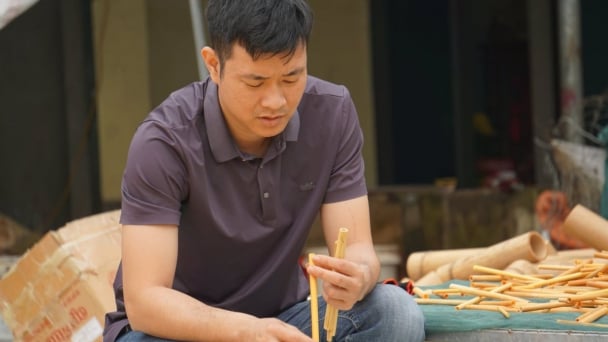
(VAN) Bamboo products from Thang Tho Bamboo Cooperative have reached many countries around the world, while also creating jobs for local workers.
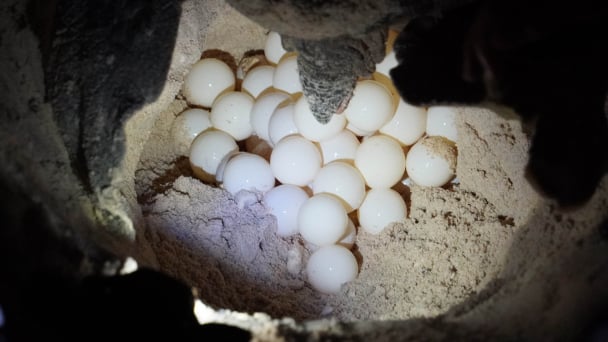
(VAN) The Management Board of Con Dao National Park reported that a green sea turtle, tagged in the Philippines, has traveled thousands of kilometers to lay 84 eggs on Bay Canh Islet.
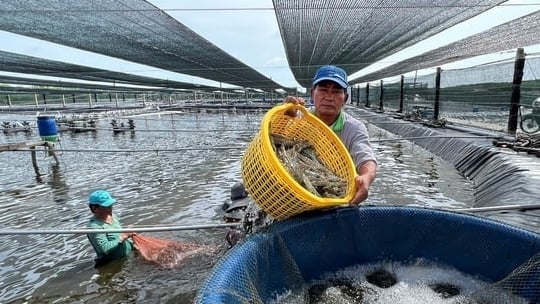
(VAN) Green technology is paving a new path for sustainable aquaculture in the Mekong Delta in particular and across the country in general, helping reduce emissions and adapt to climate change.
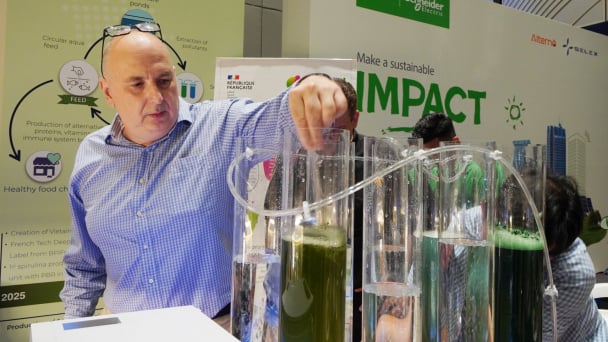
(VAN) On May 27, La French Tech Vietnam (the French startup and innovation community in Vietnam) held the French Tech Summit Vietnam 2025.
/2025/05/27/4731-2-223159_980.jpg)
(VAN) No votive paper, no styrofoam, no plastic bags, no plastic bottles, and no single-use plastic trays are the key rules tourists should keep in mind when visiting Con Dao.
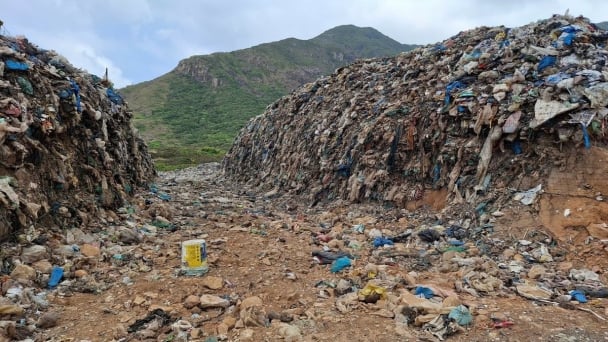
(VAN) In the fight against plastic pollution, Vietnam has been demonstrating a proactive, pioneering, and active role in addressing the greatest environmental challenge today.